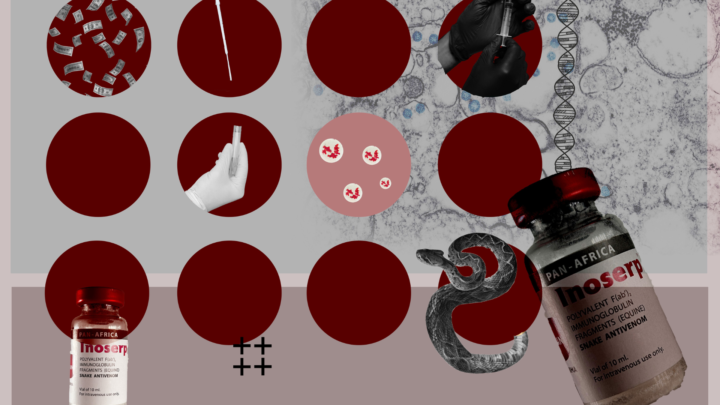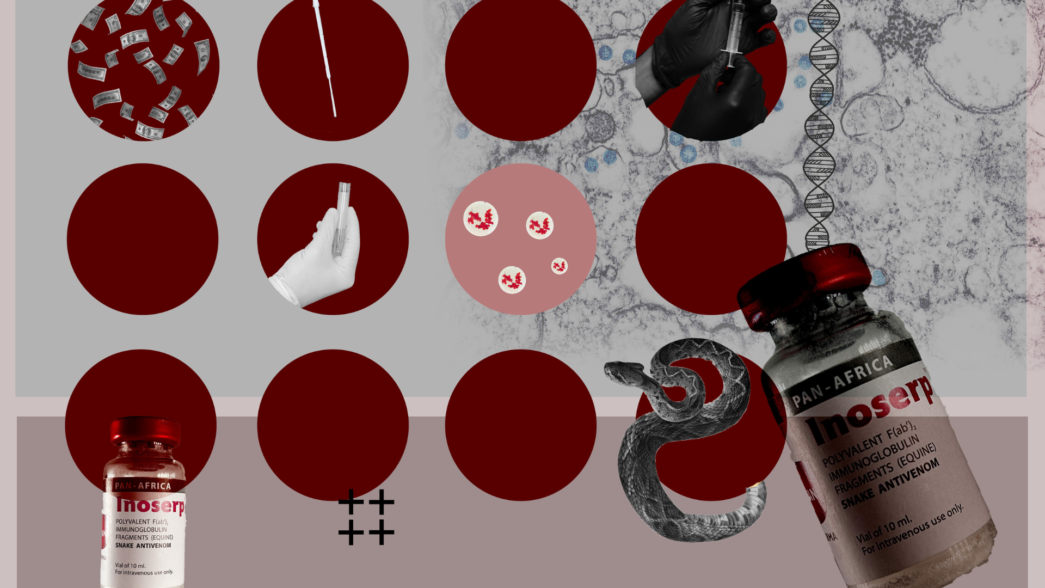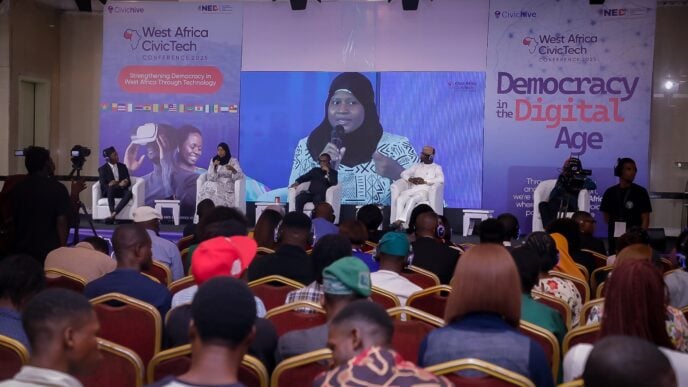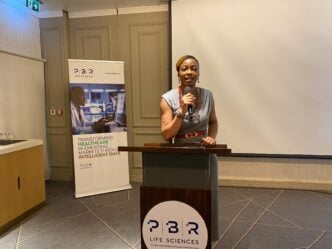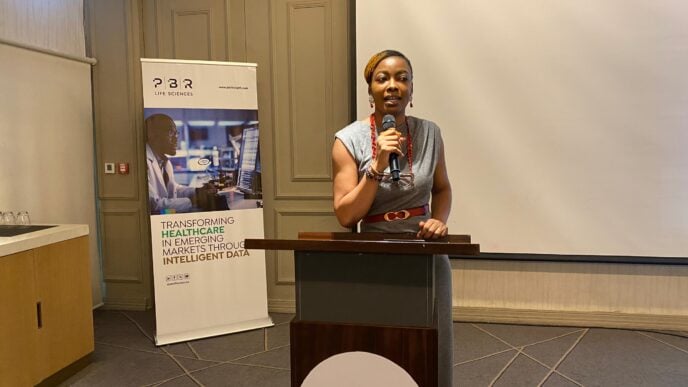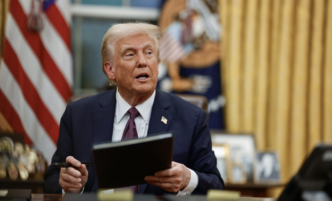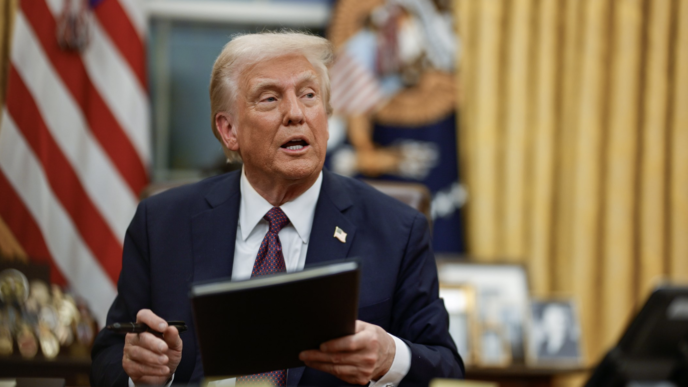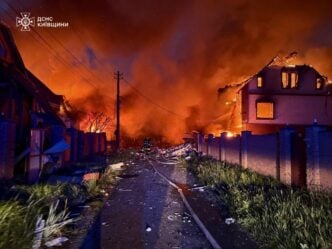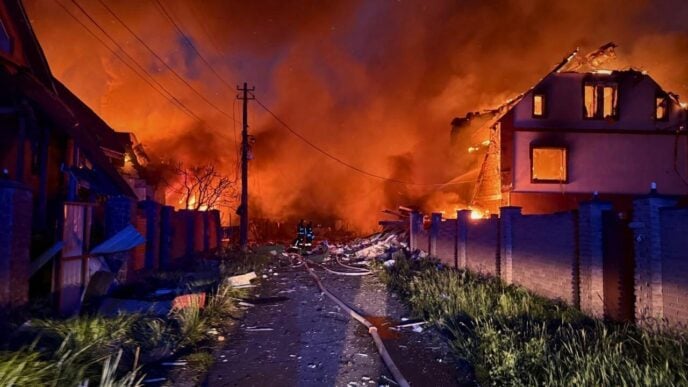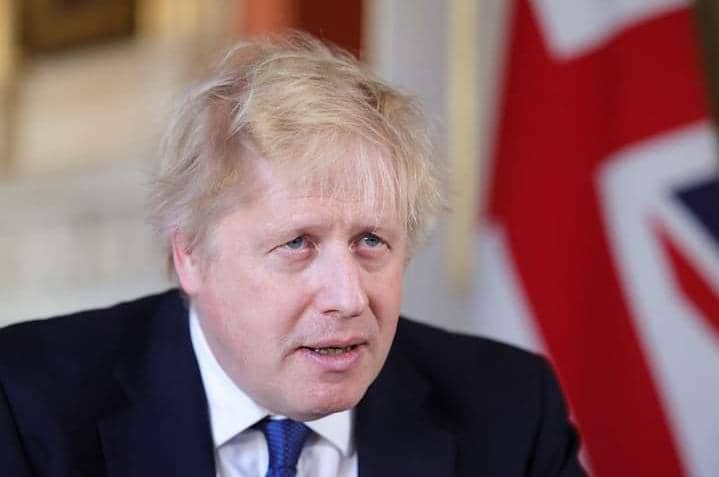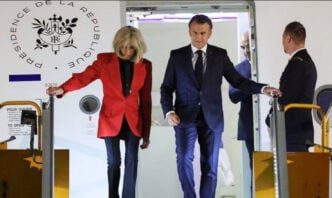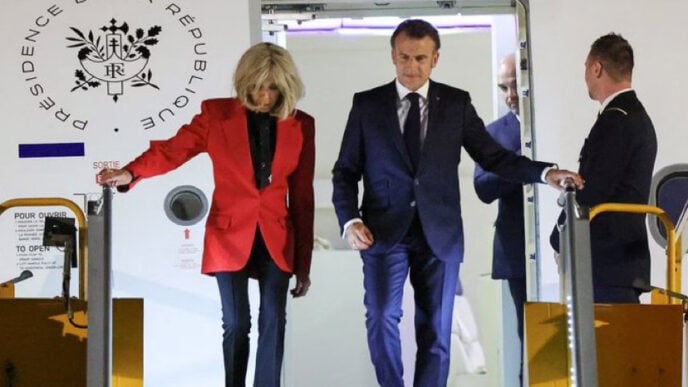BY ANDJELA MILIVOJEVIC AND PAUL ECCLES
The US Army spent nearly $1m last year on two drugs that appear to have undergone no independent testing for safety or effectiveness, the Bureau of Investigative Journalism (TBIJ) can reveal.
TBIJ has tested the civilian version of one of the drugs and found it to be alarmingly weak. Neither the army nor the government agency that recommended the military drug has tested it to verify the manufacturer’s claims.
The drugs are not among those that have been assessed and recommended by the World Health Organisation (WHO), and because they are not intended for use in the US, they have not been fully assessed by the Food and Drug Administration (FDA).
Advertisement
Both drugs are versions of a snakebite antivenom called Polyserp and cost the army a combined $880,000 last year. One covers Middle Eastern, North African and Central Asian regions, and the other covers sub-Saharan Africa – where a recent TBIJ investigation revealed a “wild west” of antivenoms that are badly made, marketed and regulated.
The company promoting the sub-Saharan African version of Polyserp (called Polyserp-P) demonstrates the drug’s credentials with studies relating to another drug, Inoserp Pan-Africa. Both drugs are from the same manufacturer.
But Inoserp is itself hugely problematic. The sub-Saharan African version of that drug featured in TBIJ’s recent investigation into useless antivenom, where testing revealed that, compared to its competitors, a vial of Inoserp contained a fraction of the active ingredient needed.. Test results suggested that more than 70 vials would be needed to treat bites from certain snakes.
Advertisement
One Kenyan doctor with more than two decades’ experience treating snakebite told TBIJ he refuses to use Inoserp. The drug failed in a bid to get WHO approval in 2017.
A spokesperson from Inosan Biopharma, which produces both drugs, and Polyserp Therapeutics, which markets Polyserp, said the companies questioned the validity of the testing done by TBIJ. (The testing methodology follows WHO guidelines for test tube assessment of snake antivenoms.)
The spokesperson said: “Polyserp-P is an updated version of Inoserp with higher potency and expanded indication exclusively produced and approved for distribution to US military customers.”
Inosan Biopharma and Polyserp Therapeutics also said that “both Inoserp and Polyserp have proven effectiveness in robust pre-clinical and clinical trials” and that a panel of independent experts reviewed the clinical, preclinical and safety data.
Advertisement
However, neither company responded to TBIJ’s repeated requests to provide evidence to back up these claims.
The lack of clarity raises questions. If the two drugs are effectively the same, then the army is buying something shown to be poor quality. If Polyserp is a different and more potent product, why are ordinary people in sub-Saharan Africa not able to access it?
Unanswered questions
Antivenom experts have described the purchase as “naive” and “surprising”. The findings raise questions about the military’s protocols for evaluating critical medicine before deploying it to troops.
Advertisement
Juan Calvete of the Instituto de Biomedicina de Valencia, whose lab conducts antivenom tests for the WHO, was denied access to Polyserp-P when he tried to obtain samples in 2021. He was told by Polyserp Therapeutics that it was “only available to US military customers”.
Instead, he was sent three studies that purported to show the “safety and efficacy” of Polyserp but in fact related to the other drug, Inoserp.
Advertisement
David Williams, a leading snakebite expert at the WHO, said extrapolating data from one product to another “is not consistent with the WHO guidance”.
He said some manufacturers might use broad claims about the effectiveness of its antivenom “as a marketing tool” but that “it is essential that any such claims be supported by data”.
Advertisement
Currently only three antivenoms for sub-Saharan Africa carry a WHO recommendation. Ten more are undergoing assessment, of which Inoserp is one. But Polyserp has never been assessed by the WHO.
David Lalloo, a clinical researcher at the Liverpool School of Tropical Medicine, said the regulation of antivenoms “has just not been as tight as it should be” for patients around the world.
Advertisement
He said any new version of an antivenom should, by any normal standards, be tested in proper clinical studies. Speaking generally, he added: “You cannot rely on previous studies, and particularly previous studies that relate to safety, to assure yourself of this being a safe and efficacious antivenom.”
Both Inosan Biopharma and Polyserp Therapeutics did not respond to TBIJ’s questions about why they had used clinical study data for one drug to promote the safety and effectiveness of another.
A US Army spokesperson told TBIJ that the army “does not conduct independent testing of medical products and does not have a third-party testing for snake antivenom”.
Different products?
Polyserp-P was recommended by the US Defence Health Agency’s Joint Trauma System (JTS) in 2020. The JTS told TBIJ: “The recommendations were based off subject matter experts who evaluated peer-reviewed medical literature and the manufacturer’s recommendations.”
The literature it references does not mention Polyserp, but did test Inoserp. The companies did not provide TBIJ with any evidence that Polyserp had been part of this research.
The JTS told TBIJ that it “will always do our best with best evidence and [expert] input”, and added that it will review the relevant guidelines and update them as necessary.
It remains unclear exactly how comparable Inoserp and Polyserp are. Certainly, the prices that have been disclosed suggest two very different products. Calvete was initially quoted $6,300 for six vials of Polyserp-P in 2021, while a TBIJ reporter bought a single vial of Inoserp-P for $66 (£50) in Tanzania in 2024.
The US Army did not respond to TBIJ’s requests for comment or to make samples available to test. In response to previous questions, it said it “was not aware of any uses” of Inosan by army personnel.
This report was originally published by The Bureau of Investigative Journalism, London
